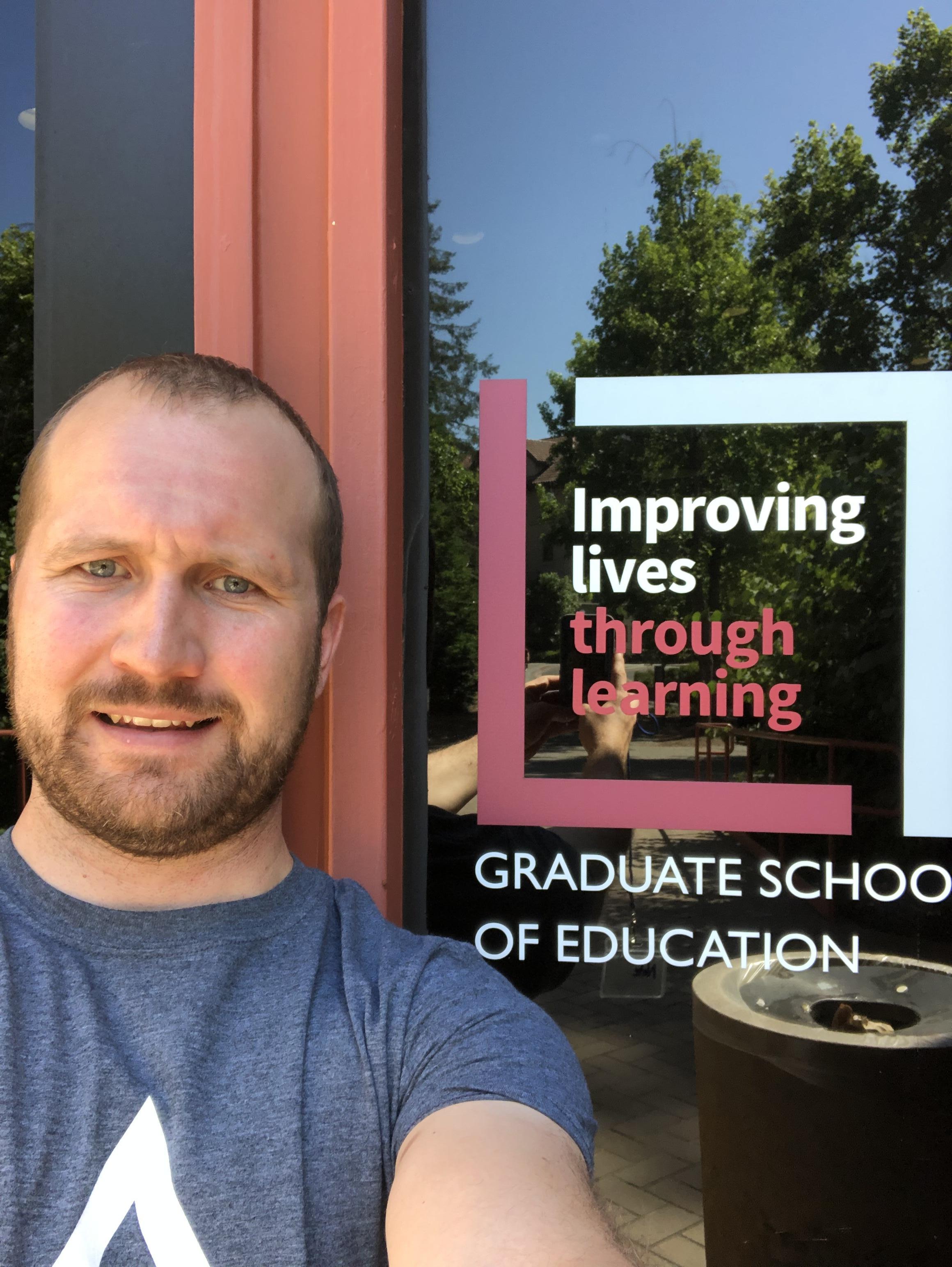Happy International Women’s Day! This year’s theme is “Women in leadership: Achieving an equal future in a COVID-19 world” and pay equity is certainly a large part of that equation. After his 2019 fellowship attending Stanford University’s Mindset Mathematics workshop to create a positive math culture that encourages problem solving, Nate Moore (Santa Fe School for the Arts & Sciences) is using his learning and the topic of women’s pay disparity to teach math with an equitable lens. He shares his story below:
Through my original Fund for Teachers fellowship, I learned the importance of rich tasks in math class for increasing student engagement and enjoyment of math. I have extended that fellowship by participating in groups like #ClearTheAir on Twitter and the NCTM 100 webinar series. Through these professional development opportunities, I have seen that there are many great math tasks available, and even some wonderful tasks incorporating social justice; however, one of my goals as a teacher is to create more tasks that connect with issues my students and I care about.
Through last fall’s Equity Innovation Circle, I had the chance to create some rich tasks that I think are important for kids at my school to know about and that they will also care about. I am lucky to work at an amazing school where I have total control over my curriculum, and I work with incredible students every year.
I know middle schoolers are deeply aware of what’s fair and not fair. I chose to focus in on some of the specific math lessons that I teach and see if I could incorporate more issues of social justice into these lessons.
I have to say, I’m a beginner at this. I also am a believer that change can start slowly. So I decided to focus on creating a few interesting tasks involving these issues of social justice, with the goal of building up a library of these sorts of activities over time.
 The first lesson I created had to do with the gender pay gap. In algebra, we often talk about “one step equations” and this topic got me thinking about how we could model and quantify the gender pay gap. I did a bunch of research and because I knew some of my students were interested in soccer, I focused some of my research on soccer; this had also been a prominent example of the gender pay gap recently. So then I had my students, over a couple of lessons, investigate some of the research with me. Using algebra, we were able to learn things about salaries that had not been directly written in the articles. We modeled the pay gap in different ways and looked at more data around gender pay gaps in other fields. I’ll reiterate that I’m a beginner at this and I’m trying to incorporate change in a way that is manageable to me as a teacher, and one area where I still have a lot to learn is in facilitating the reflection and debrief of activities like this.
The first lesson I created had to do with the gender pay gap. In algebra, we often talk about “one step equations” and this topic got me thinking about how we could model and quantify the gender pay gap. I did a bunch of research and because I knew some of my students were interested in soccer, I focused some of my research on soccer; this had also been a prominent example of the gender pay gap recently. So then I had my students, over a couple of lessons, investigate some of the research with me. Using algebra, we were able to learn things about salaries that had not been directly written in the articles. We modeled the pay gap in different ways and looked at more data around gender pay gaps in other fields. I’ll reiterate that I’m a beginner at this and I’m trying to incorporate change in a way that is manageable to me as a teacher, and one area where I still have a lot to learn is in facilitating the reflection and debrief of activities like this.
Especially in math class, it is so easy to see the worksheets, the textbooks, and the standardized test questions and to think that is what math is. This fellowship showed me (and continues to show me) that math is beautiful, free, creative, interesting, useful, fun, visual, and powerful beyond my expectations. Now, I get to figure out how to share that with my students in ways that are relevant and memorable to them.
[minti_divider style=”3″ icon=”” margin=”20px 0px 20px 0px”]
 Nate Moore is a math and science teacher at the Santa Fe School for the Arts & Sciences. He loves learning along with his students. For the past 11 years, he has strived to create engaging learning experiences for middle schoolers. Nate is especially proud of the River Warriors project, through which students have collected data and engaged in ecological restoration at the Santa Fe River since 2010.You can follow Nate’s teaching on his blog and Twitter.
Nate Moore is a math and science teacher at the Santa Fe School for the Arts & Sciences. He loves learning along with his students. For the past 11 years, he has strived to create engaging learning experiences for middle schoolers. Nate is especially proud of the River Warriors project, through which students have collected data and engaged in ecological restoration at the Santa Fe River since 2010.You can follow Nate’s teaching on his blog and Twitter.
